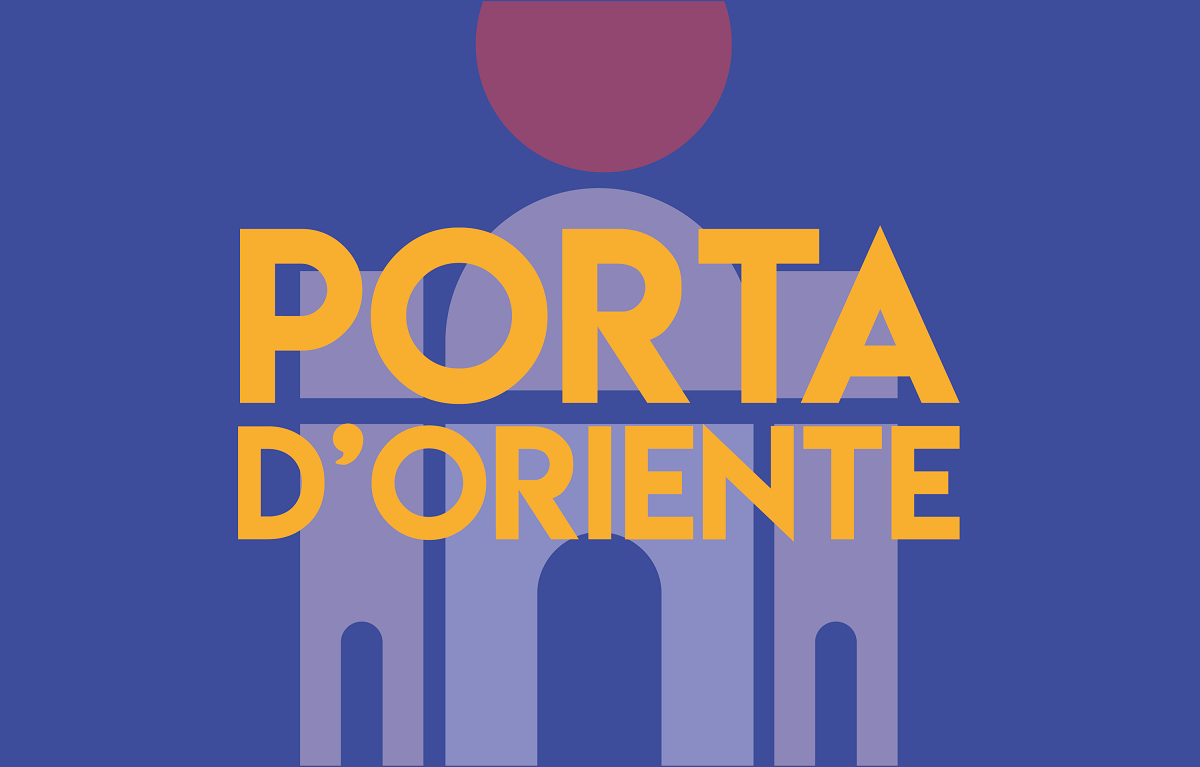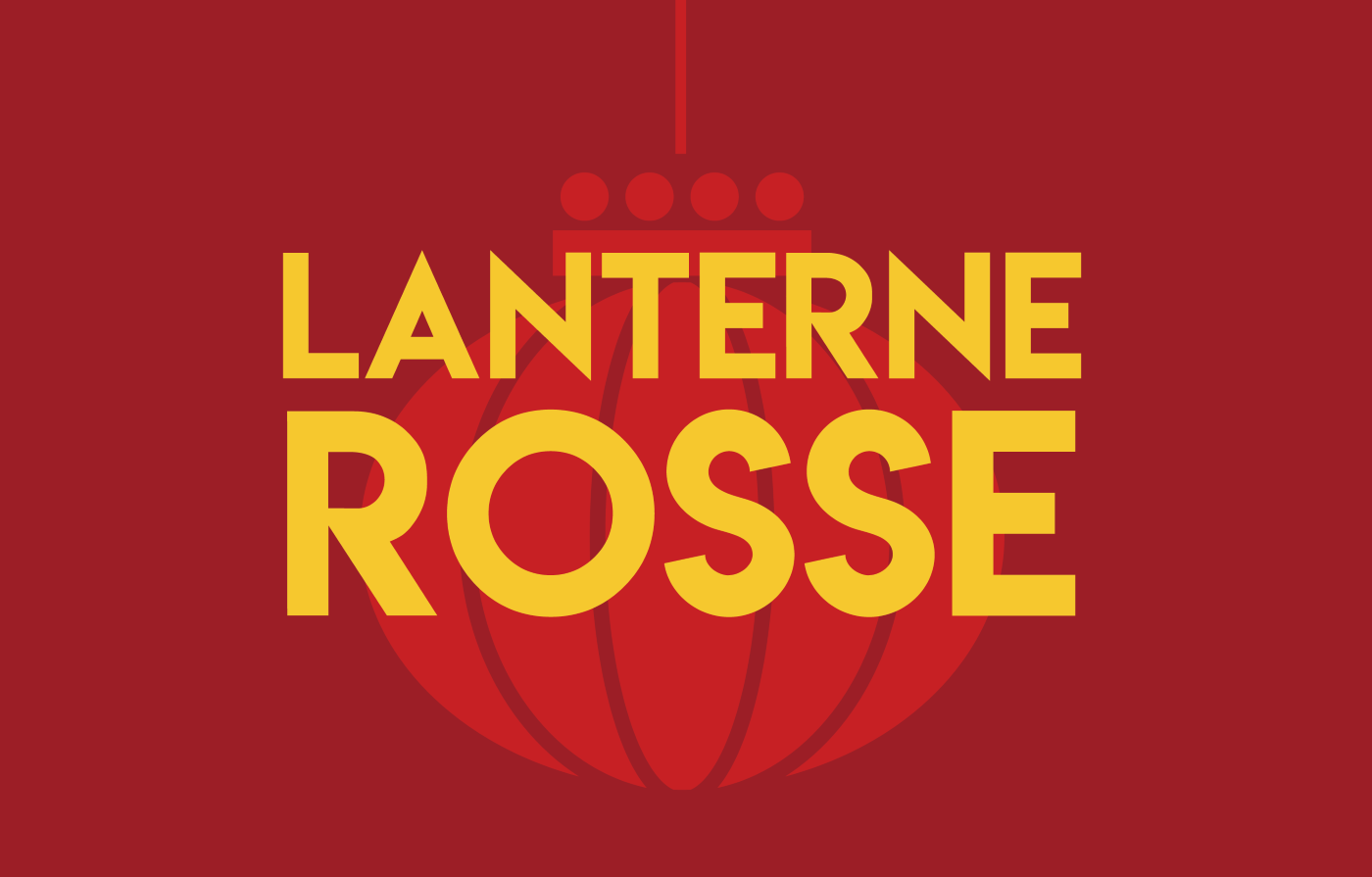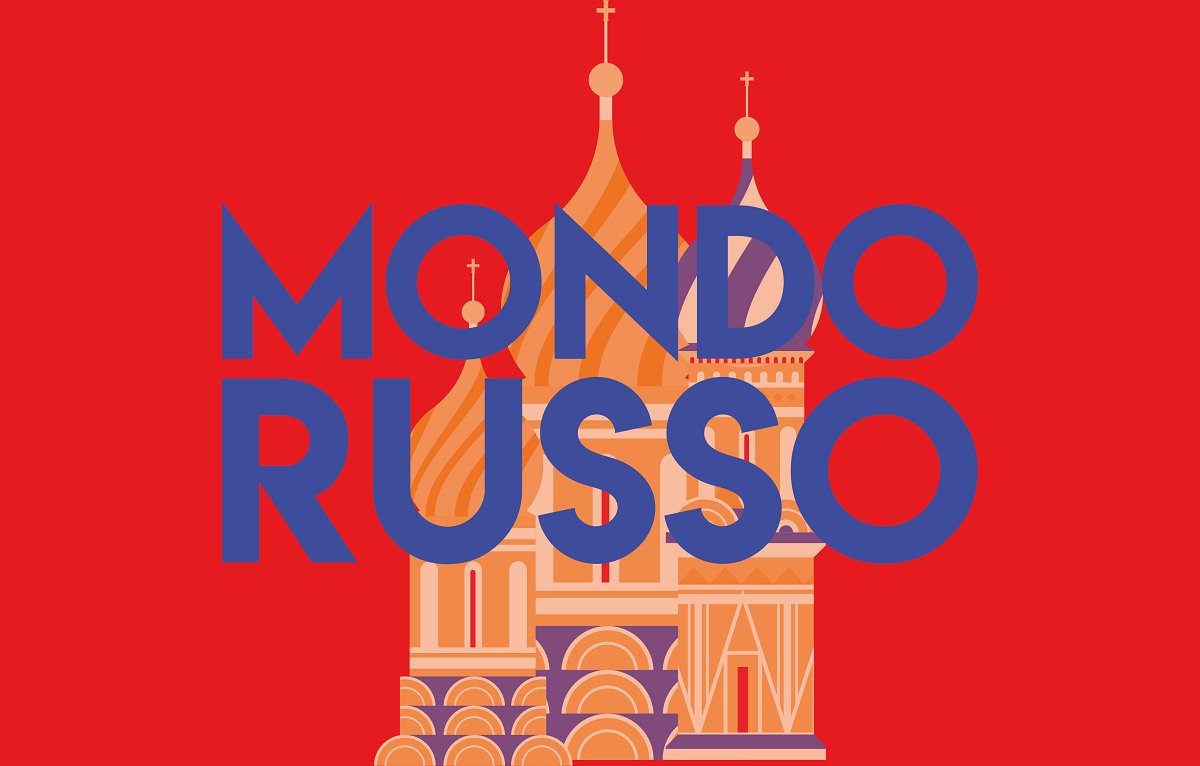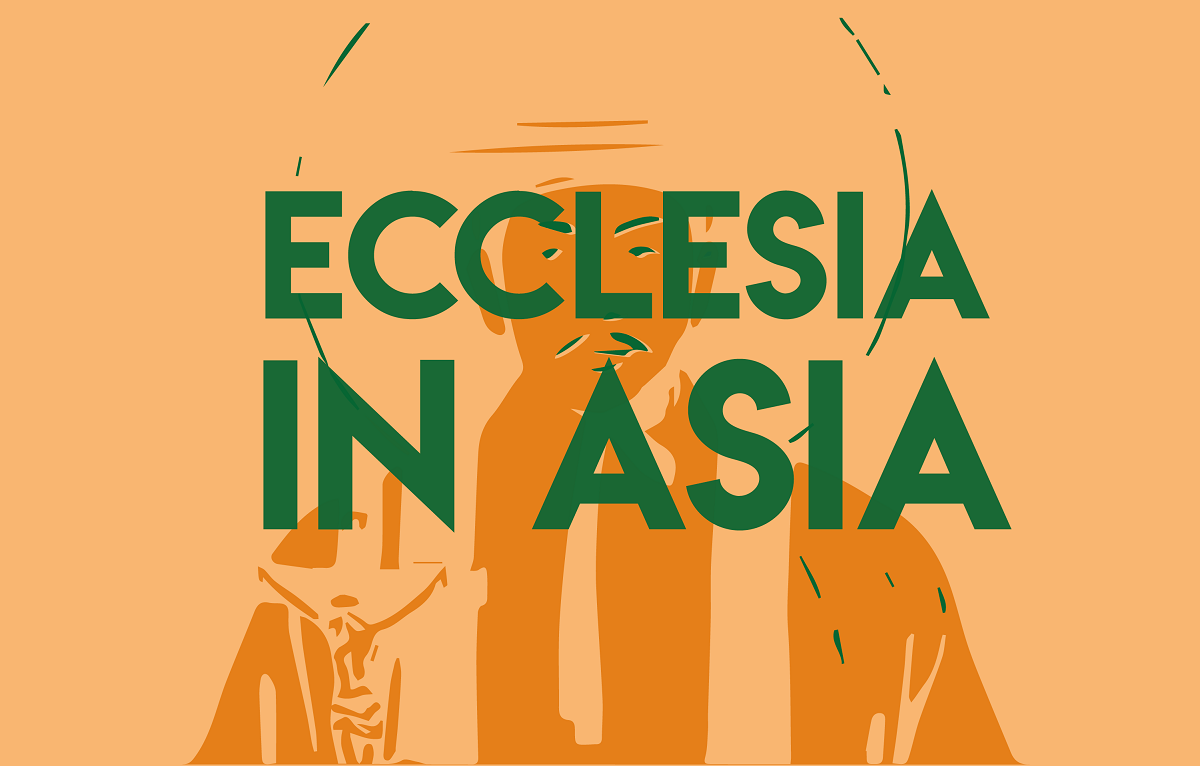Canonisation of Ignatius Maloyan: Memory and spiritual vitality of Eastern Churches
Tomorrow the Armenian Catholic archbishop, martyr of the 1915 genocide, will be raised to the altar of the saints in a ceremony in St Peter's. Lebanese President Joseph Aoun, Armenian Prime Minister Nikol Pashinyan and Patriarch Minassian will be present, along with hundreds of faithful from the diaspora. For many Armenians, ‘this historic day is also a day of justice’.
Beirut (AsiaNews) - Tomorrow, Sunday 19 October, Armenian Catholics will experience a day of glory in Rome, with the canonisation in St Peter's Square of Monsignor Ignatius Maloyan, Armenian Catholic Archbishop of Mardin, in present-day Turkey, martyred during the genocide perpetrated by the Young Turks in 1915.
Presided over by Pope Leo XIV, the ceremony will be attended by numerous dignitaries, including Lebanese President Joseph Aoun, Armenian Prime Minister Nikol Pashinyan and Armenian Patriarch Raphaël Bedros XXI Minassian.
Several hundred Armenian Catholics from Lebanon, Armenia and the diaspora are also expected to attend, including third-generation grandchildren and cousins of the martyred bishop. The Patriarchal Monastery of Bzommar in Lebanon, which houses a museum dedicated to the prelate, will be the centre of the event.
Several hundred parishioners and faithful have been invited to attend the canonisation ceremony, and it is possible that the pontiff may address them with a few words of greeting at the end of the Mass.
The recognition of Ignatius Maloyan's sainthood marks an important moment not only for the Armenian Catholic Church, but also for Lebanon, the main country of refuge for Armenians fleeing Ottoman persecution, and which many Armenians consider their “second homeland”. A nation that remains, even today, an essential centre of Armenian Christian memory throughout the Middle East.
Training at the monastery of Bzommar
Born in 1869 in Mardin, Choukrallah Maloyan, who took the religious name Ignatius in honour of St Ignatius of Antioch, entered the seminary of the Armenian Catholic patriarchal monastery of Bzommar (Kesrouan) in the heart of the Lebanese mountains at a very young age.
Here he spent fifteen years of intense intellectual and religious training, in a spiritual context characterised by both Eastern tradition and fidelity to Rome. Ordained a priest in 1896, the future archbishop carried out his mission in Egypt before being appointed, in 1911, archbishop of Mardin, in Upper Mesopotamia.
At the head of a flourishing but threatened Armenian diocese, the prelate immediately distinguished himself by his devotion to the Sacred Heart and his defence of the poorest.
Supernatural cloud
In 1915, during the deportations and massacres perpetrated against the Armenians in the Ottoman Empire, Monsignor Maloyan was arrested along with hundreds of faithful. Refusing to convert to Islam, he was tortured – his fingernails were torn out – and martyred on 11 June along with several hundred deportees on the road to Diarbakir, several days' march from Mardin.
According to consistent accounts reported by the soldiers leading the columns of deportees, a ‘supernatural cloud’ covered the community of martyrs during the ceremony in which bread was broken, which Bishop Maloyan celebrated before the execution. The cloud, considered miraculous, kept them hidden from the sight of their executioners.
The martyred bishop was beatified by John Paul II, who recognised his martyrdom in odium fidei (for hatred of the faith) on 7 October 2001. The decree of canonisation was signed by Pope Francis, without the need for a miracle, by virtue of his heroic witness.
The canonisation of Bishop Maloyan is part of the broader context of the Church's recognition of the Armenian martyrs. It was on the centenary of these massacres (2015) that the Church, through the voice of the Argentine pontiff, used the term ‘genocide’ for the first time to define this massacre.
During the solemn liturgy in St. Peter's Square, the pope, who passed away last April, spoke of ‘the first genocide of the 20th century.’ In June 2022, two Capuchin friars, Thomas Saleh and Leonardo Melki, also victims of the genocide, were declared blessed during a Mass celebrated in the Convent of the Cross, near Beirut. For Monsignor Machdots Zahterian, Lebanese bishop and rector of the Seminary of the Holy Archangels, near Yerevan, ‘this historic moment is also a moment of justice’.
Lebanon, memory and stronghold of faith
Lebanon, where Monsignor Maloyan received his training, retains a central place in the history of the Armenian Catholic Church and all other Christian minorities deported from Turkey. The monastery of Bzommar, seat of the Armenian Catholic Patriarchate, remains today the spiritual heart of this Eastern Church of its own right (sui iuris) united with Rome.
In the past, the Land of Cedars was home to an important Armenian community, composed mainly of genocide survivors. The war and the creation of Armenia after the collapse of the Soviet Union drove a significant part of this community abroad, represented in Parliament by six deputies: one Armenian Catholic and five Armenian Orthodox belonging to the Armenian Apostolic Church, which is also the majority church in Lebanon.
These MPs therefore represent the Catholicosate of the Great House of Cilicia, which has jurisdiction over Armenians in Syria, Lebanon and Cyprus, and is based in Antelias, north of Beirut. However, this autocephalous see remains in communion with the central Catholicosate of Etchmiadzin, near Yerevan, the capital of Armenia.
Among the Lebanese present at the ceremony were MPs Jean Talousian and Paula Yacoubian. ‘I will be there for a miracle, that of Lebanon's salvation,’ said the young independent MP, whose energy and loquacity often characterise parliamentary sessions.
Holy root
In this century characterised, according to Pope Francis, by ‘the ecumenism of martyrs’, the figure of St Ignatius Maloyan should appeal to the faithful of an East tormented and sometimes decimated by factors of profound criticality: fundamentalism from the East, adventurism from the West, the fictitious Islamic State in search of territory and a caliphate, and President George W. Bush invading Iraq with a shameful global lie.
According to L'Œuvre d'Orient, of the more than 10 million Armenians scattered throughout the world, there are about 600,000 Armenian Catholics, 450,000 of whom live in Armenia and the countries of the former Soviet Union. In Lebanon, bled dry by a human haemorrhage that shows no sign of slowing down, the Armenian population is now estimated at over 150,000 people of all Armenian denominations.
The canonisation of the holy bishop is not only an act of remembrance, but an affirmation of the spiritual vitality of the Eastern Churches. Certainly, reduced in many Middle Eastern countries to a “remnant” or a “stump”, these Churches proclaim once again, with Tertullian and saints such as Ignatius Maloyan, that “the stump is holy” and that “the blood of martyrs is the seed of Christians”.
31/03/2025 17:32
26/04/2016 09:05





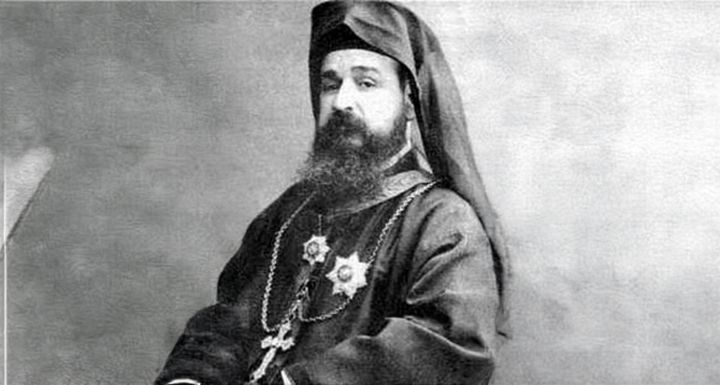

.png)
